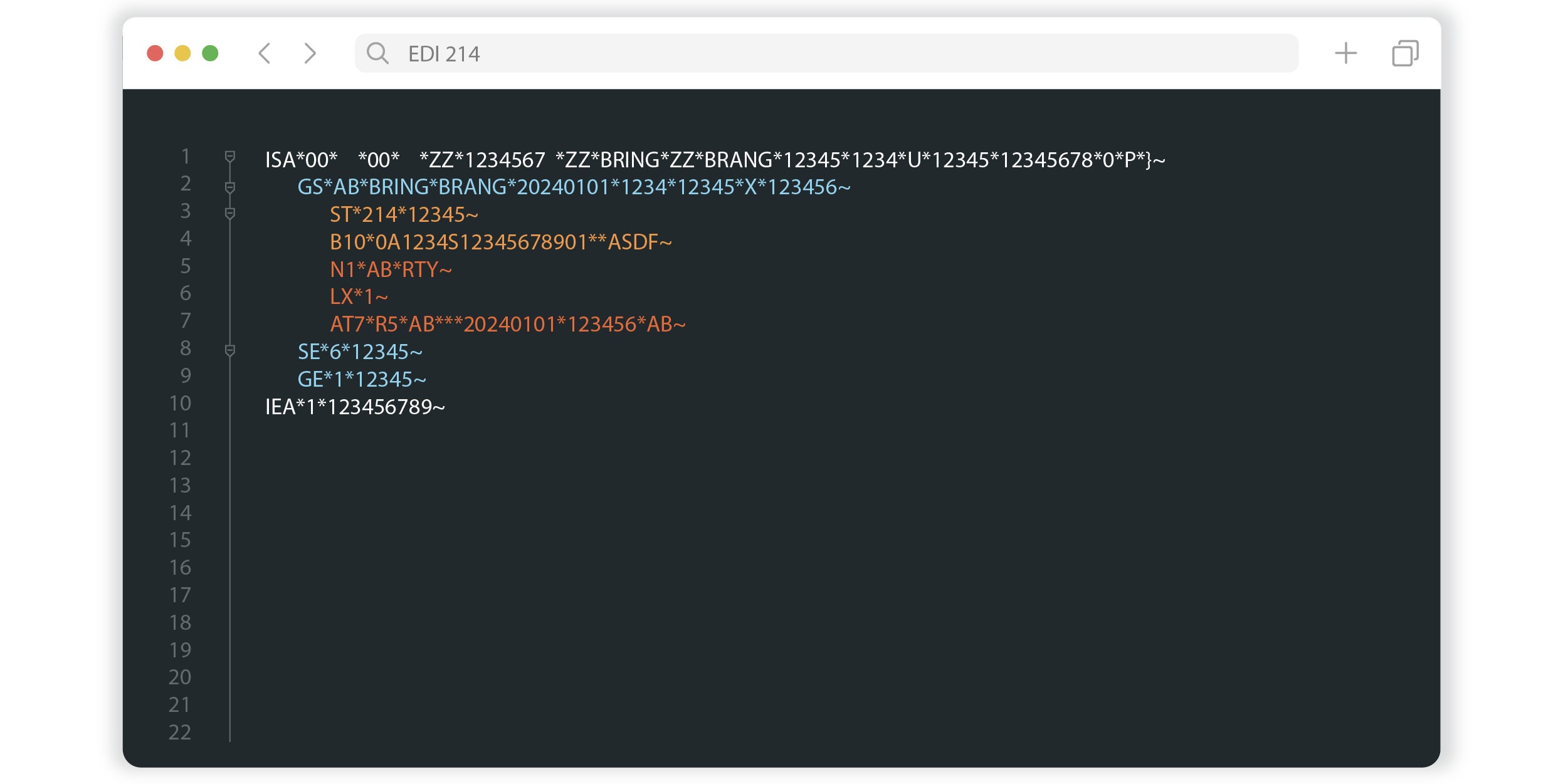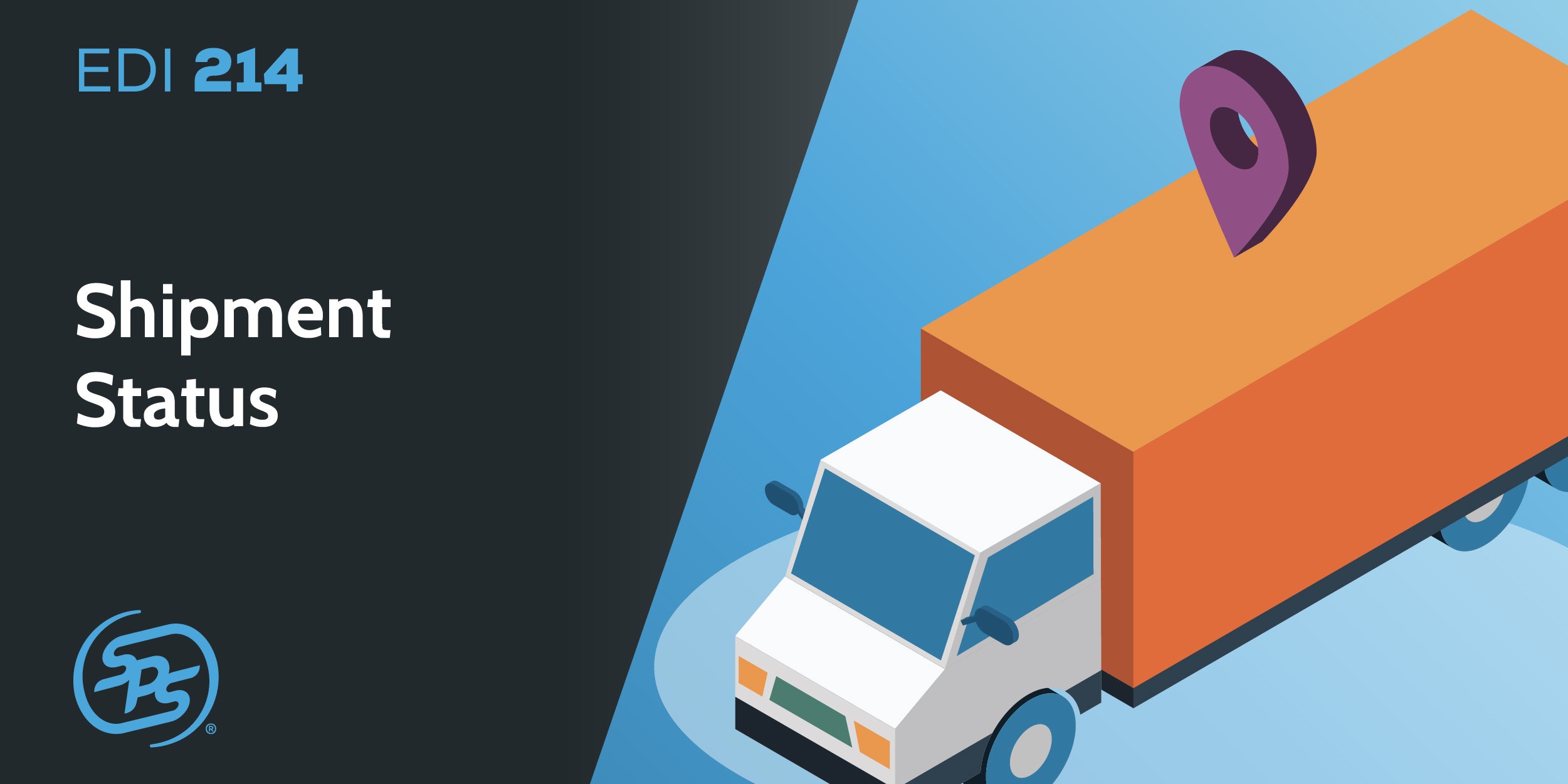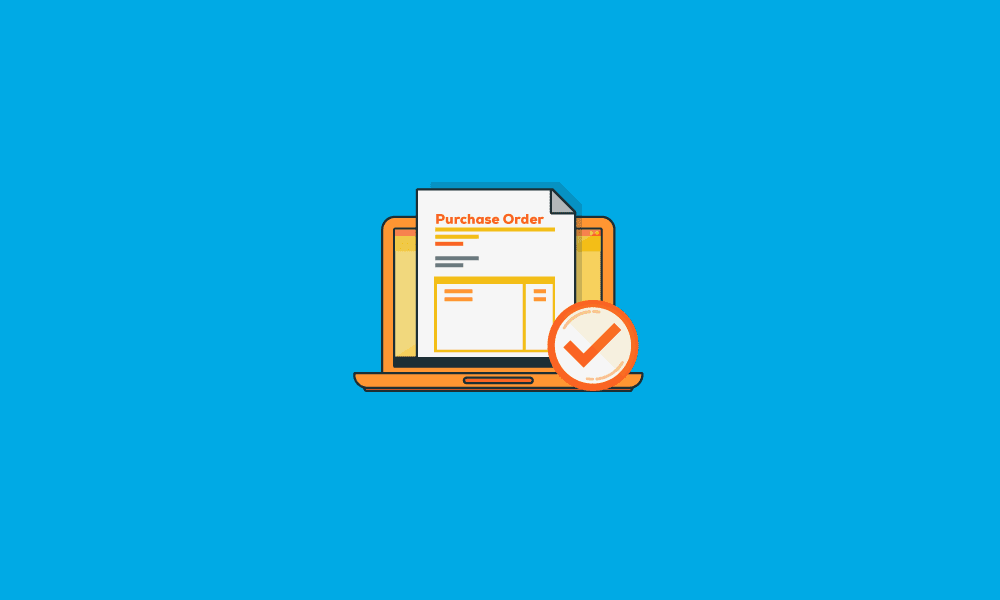The EDI 214 format
The EDI 214 is part of a series of EDI standards that facilitate electronic business communication and is governed by standards bodies like the American National Standards Institute (ANSI). This information is valuable for supply chain partners as it helps them track their goods and manage inventory more effectively.

The EDI 214 transaction set allows carriers to communicate about the progress of a shipment as it moves towards its destination. It can include details such as:
Shipment identification numbers
Dates and times of events
Locations where events occurred
Shipment conditions or exceptions
Estimated delivery dates and times
How is the EDI 214 used?
Imagine you order a package online and you want to know where it’s coming from and when it will arrive. The company you bought it from sends the package through a delivery service that needs a way to tell all parties involved where the package is at any moment.
Each part of the message has a special section and order so that computers can read it quickly and know exactly what’s happening. This helps everyone know when to expect the package and informs them if there are any delays or problems along the way.
Benefits of using the EDI 214 Transportation Carrier Shipment Status Message
Retailers can use the EDI 214 to manage receiving resources if there are delays in the shipment so they can adjust loading dock schedules, staffing assignments and more.
The EDI 214 can be used to evaluate carrier performance. Many shippers and consignees utilize the original shipment status and the final shipment status to determine if the carrier met its transit time schedules.
Many shippers require the 214 Transportation Carrier Shipment Status Message in order to match the Bill of Lading, PO number, SCAC code and delivery information on the EDI 210 Invoice that is sent later by the carrier. This allows the shipper to verify the information before paying the carrier.
Common issues regarding EDI 214
Accuracy and timeliness of the EDI 214 can be affected by not returning the same values that were sent in the EDI 204 Motor Carrier Load Tender.
Proper reason codes that align with the shipper’s EDI specifications need to be included to ensure accurate Shipment Status updates. Other codes may cause the file to be rejected.
Shippers expect the EDI 214 to be sent immediately as the event occurs in real time.
Shippers have specific requirements for the EDI 214 document and related workflow. Typically, the shipper sends the carrier an EDI 997 Functional Acknowledgment after the EDI 214 is received. Shippers will generally require that carriers can receive and reconcile EDI 997 documents.
Automate EDI 214 Transportation Carrier Shipment Status Message with Full-Service EDI from SPS Commerce

Managing ongoing EDI tasks can be complex and time-consuming. Full-service EDI providers like SPS Commerce deliver EDI technology and associated staffing resources responsible for customizing, optimizing and operating your EDI solution.
SPS communicates directly with your trading partners to manage connectivity, setup, requirements, updates and support efforts. SPS also takes ownership of understanding your trading partner requirements and making map changes.
SPS Fulfillment proactively monitors and optimizes your solution to prevent errors and minimize data entry.
Interested in learning more about our EDI solution?
Additional EDI Resources
Enter a virtual library of information about EDI for suppliers, vendors and distributors to provide you with the product knowledge you need to power your business.




